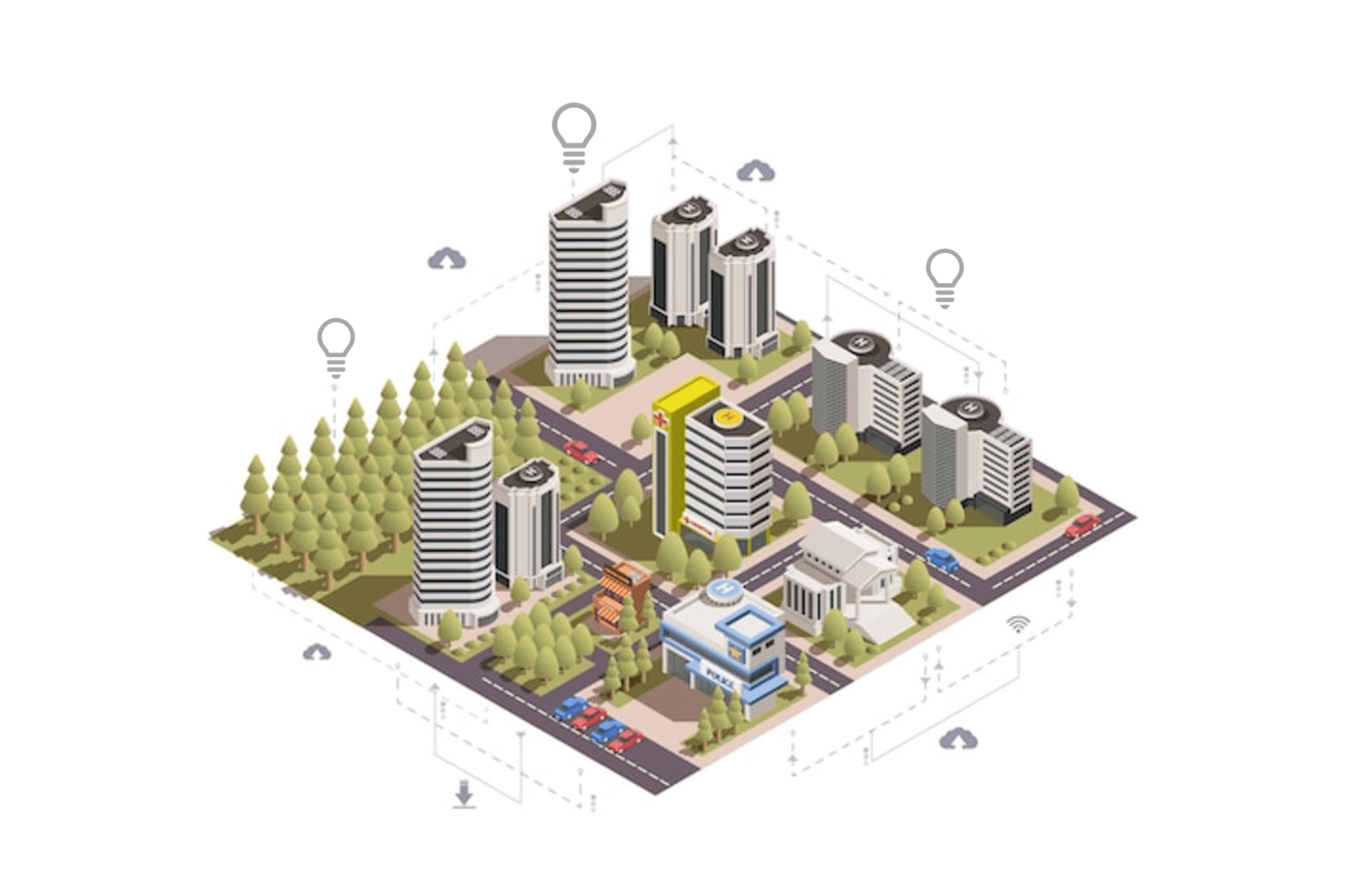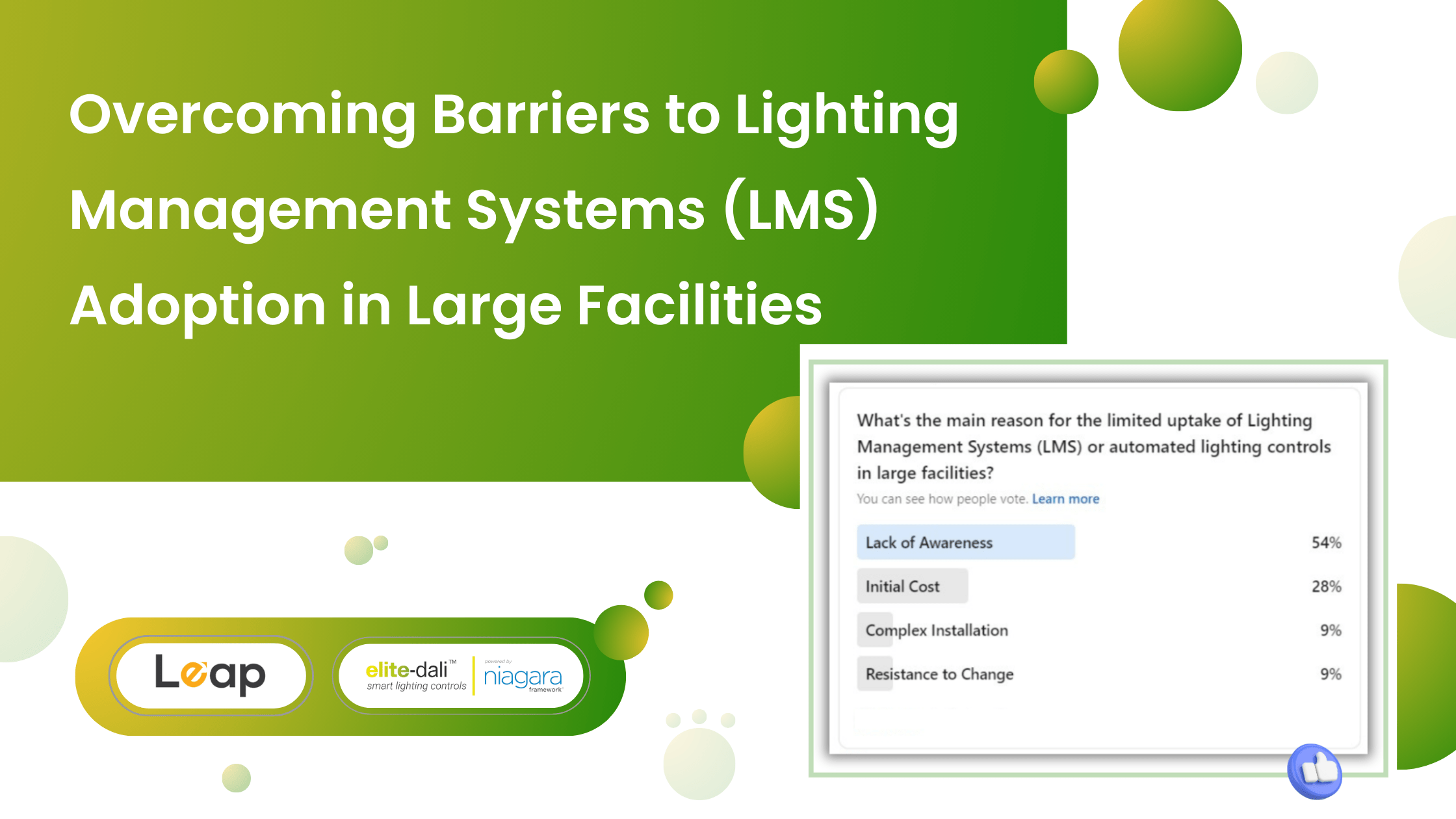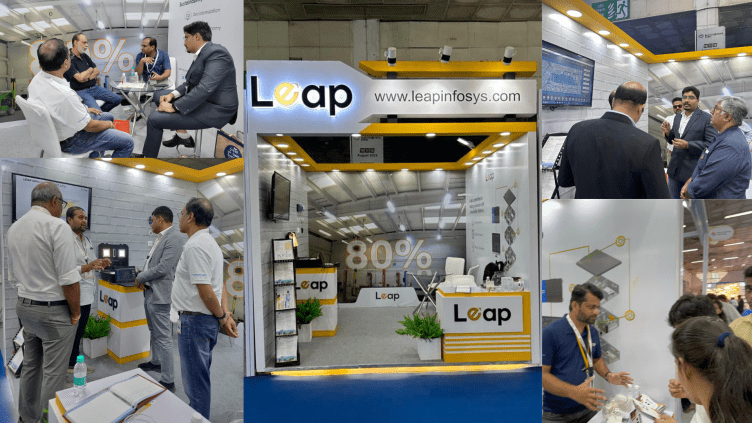Automated lighting solutions in one form or the other have become a household name already. These have emerged as one of the best ways commercial spaces can save big on energy expenditures. On the other hand, more people investing in construction projects are keen on having Building Management Systems installed for their space. These automation systems help in managing several aspects like heating, ventilation, circulation, etc.
Building management systems should undertake the responsibility of managing lighting control is what many users feel currently. While the demand for BMS lighting is quite right in its own place, the fact that making this happen involves a very complex process cannot be undermined. In this blog, let us take a look at how building management systems and lighting automation are being compiled to provide users with the kind of convenience that they desire.
Understanding Building Management System
The system that allows integration of all the electrical and mechanical processes going on in a building through a computer network is called a Building Management System. A building management system can be created in two possible ways. First, all existing systems on-premise can be integrated individually, and second, a new distributed control network can be established. For practical purposes, both these techniques are used in specific areas to create a bigger building management system. The best example of this situation is when a simple HVAC system is supplemented with lighting and security control features using special third-party software or protocols.
One thing to note is that since a building management system is entirely computer-dependent, it is only as good as its programming. The cost and expertise involved in the development of building management software decide the programming capabilities eventually. The simplest building management systems can only provide features like scheduling for control and automation. The more advanced versions can make use of fuzzy logic to better implement the benefits of intelligent automation and control.
BMS Lighting System: How Does It Work?
Entirely dependent on the kind of programming done to create the building management system is the manner in which it supports lighting control. The following techniques are popular for BMS lighting control:
● Scheduling
Building management systems are traditionally capable of managing electrical loads via the technique of schedule creation. Schedules are created where certain electrical appliances or other equipment are only allowed to operate when the need arises. When the need is fulfilled, a mechanism is present that cuts off the circuit so that no energy wastage is possible. This was a good enough arrangement to provide a simple degree of automation and control. However, user demands and requirements from the lighting systems change spontaneously too. For this, no schedule can be created as such. But, there is no mechanism by which scheduling features could accommodate this requirement.
● Manual Controlling
As consumers, we are already aware of manual controls for lighting systems. So, it won’t be hard for us to upgrade the same manual handling of lighting systems is the whole premise behind giving manual controls for lights in a BMS. This is different from just reaching out to the switchboard and switching the light off. Now, with BMS controls, you can install direct digital control modules that help you tune the lights as per your preference. So, if it’s a sunny day and the room is filled with sunlight, you can use the modules and switch off the light remotely.
● Occupancy Sensors
This method works by using special sensors fit into your lighting systems that detect motion. So, whenever you enter and stay in a room, your lights will remain on for the entire length. As soon as you move away, and the sensors detect your absence, the lights will be turned off automatically. This automation is a great means of saving electricity and associated costs. Integrating occupancy data with the building management software will be beneficial in planning other services too. For instance, if only one part of the building is occupied and data is transmitted to the central system, other aspects like controlling the temperature automatically, or sending alerts to the security staff regarding this particular point can be initiated.
● Wireless BMS Lighting
By using elaborate twisted-pair wiring, coaxial cables, or even routers, the dream of attaining wireless lighting control in buildings can be achieved. This control will be accessed via standard Internet Protocol networks like a corporate intranet or Global Intranet. Wireless BMS lighting setups can be expensive, so should be set up where instantaneous feedback mechanisms help with lighting control.
Bringing Lighting Control and BMS Together
Everybody wants their building management systems to perform lighting control, but the task is subject to a lot of challenges. Firstly, the cost and investment required initially for this project are on the higher side. Secondly, the final distributed network to be created in this arrangement is highly complex. Lastly, the lack of interoperability within the building systems is a great deterrent for the success of BMS lighting.
elitedali offers unique integration solutions to solve this problem. Since we do not make use of third-party software or protocol converters, the integration process becomes easy and affordable. We deal in specialized lighting control kits that are vendor agnostic solutions to help building members access lighting automation benefits. We already serve several Niagara framework-based BMS’ around the world. For detailed consultation, contact us today.








